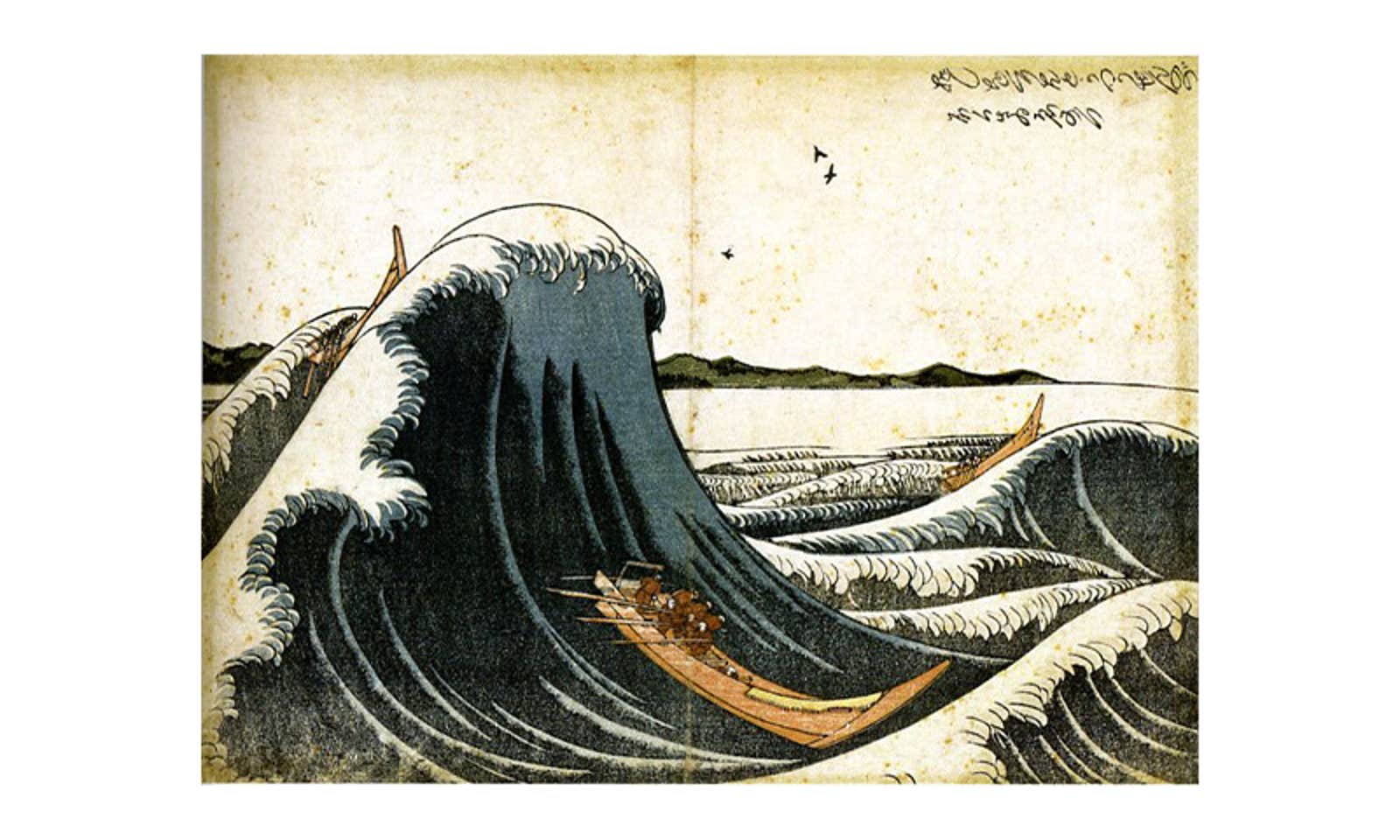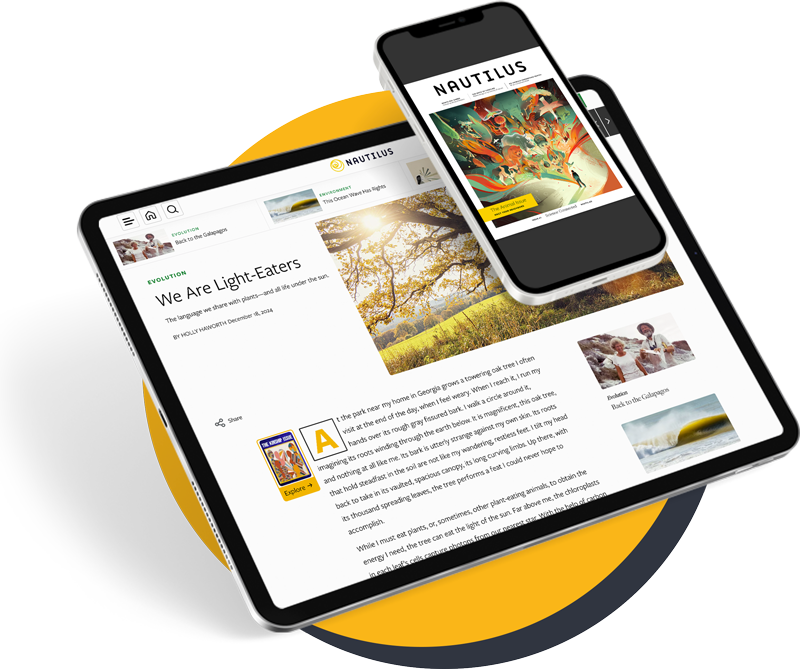The ocean seems infinite when you stand at its edge, stretching in shades of blue to the horizon. But scientists have managed to create a model of this vast body of water that is so tiny it can fit on a grain of rice. They miniaturized the sea so they can more easily study the nonlinear behavior of water waves, such as rogue waves, tsunamis, and solitary waves known as solitons.
All of these waves can be modeled to a certain extent in large wave pools, with artificial channels extending several hundred feet. But the new device, essentially the world’s tiniest wave tank, could cut the time needed to do experiments on wave dynamics a millionfold—and days needed for data collection in traditional wave tanks to milliseconds, according to Professor Warwick Bowen, who leads the Quantum Optics laboratory at the University of Queensland in Australia.
When they set their tiny wave tank in motion, Bowen and his team observed some pretty exotic stuff: phenomena that had been predicted by physics but had never been seen before, such as waves that leaned back instead of forward, and solitons that traveled as depressions rather than peaks. The physicists used laser light to drive exotic fluid through a miniscule tube, which created the waves they wanted to study. They also used laser light to observe the waves that emerged. They published the data generated with the tiny wave chip in Science.
“A lot of the physics behind waves and turbulence has been a mystery,” said Christopher Baker, lead author of the paper and a physicist at the University of Queensland in Australia, in a statement. But the laws of nonlinear wave motion and turbulence govern “everything from ocean waves and the swirl of hurricanes to the flow of blood and air through our bodies,” he said, as well as the planet’s weather, climate, and even the functioning of some clean-energy technologies like wind farms.
The device Baker and his team used was built with a layer of superfluid helium only a few millionths of a millimeter thick and the chip that holds it is smaller than a grain of rice. (Superfluid helium is liquid helium that flows with zero viscosity and has unique quantum behaviors: For example, it can climb walls.)
In the future, the researchers say they hope to use the tiny wave pool to discover new laws of fluid dynamics, improve the design of wind turbines and ship hulls, better predict the weather, and explore “energy cascades,” where large eddies transfer energy to smaller ones.
If they succeed, tiny wave pools might just be the wave of the future. ![]()
Enjoying Nautilus? Subscribe to our free newsletter.
Lead image: (Fast Cargo Boat Battling The Waves), print by Hokusai, c. 1805. Credit: Wikimedia Commons.
































